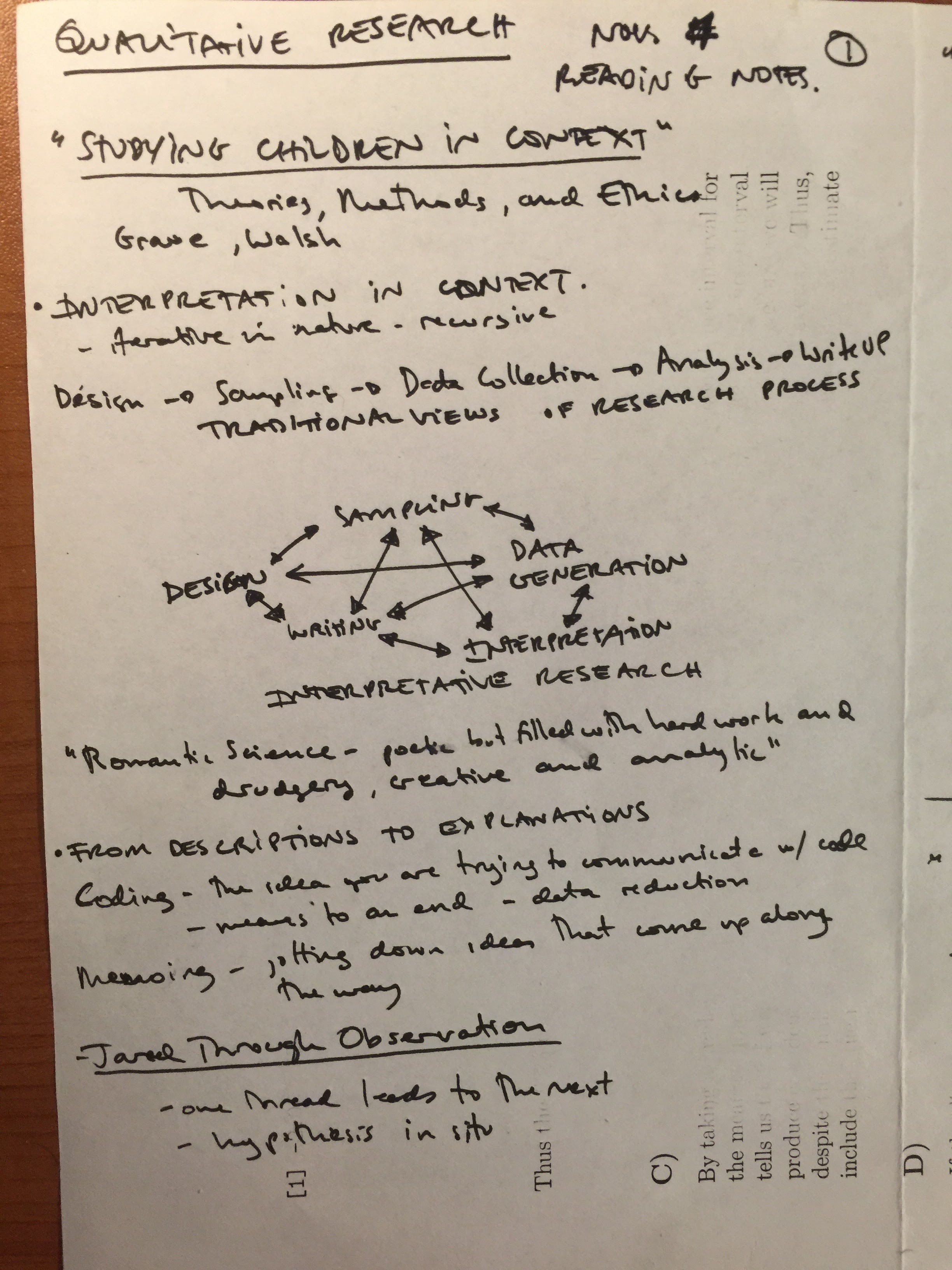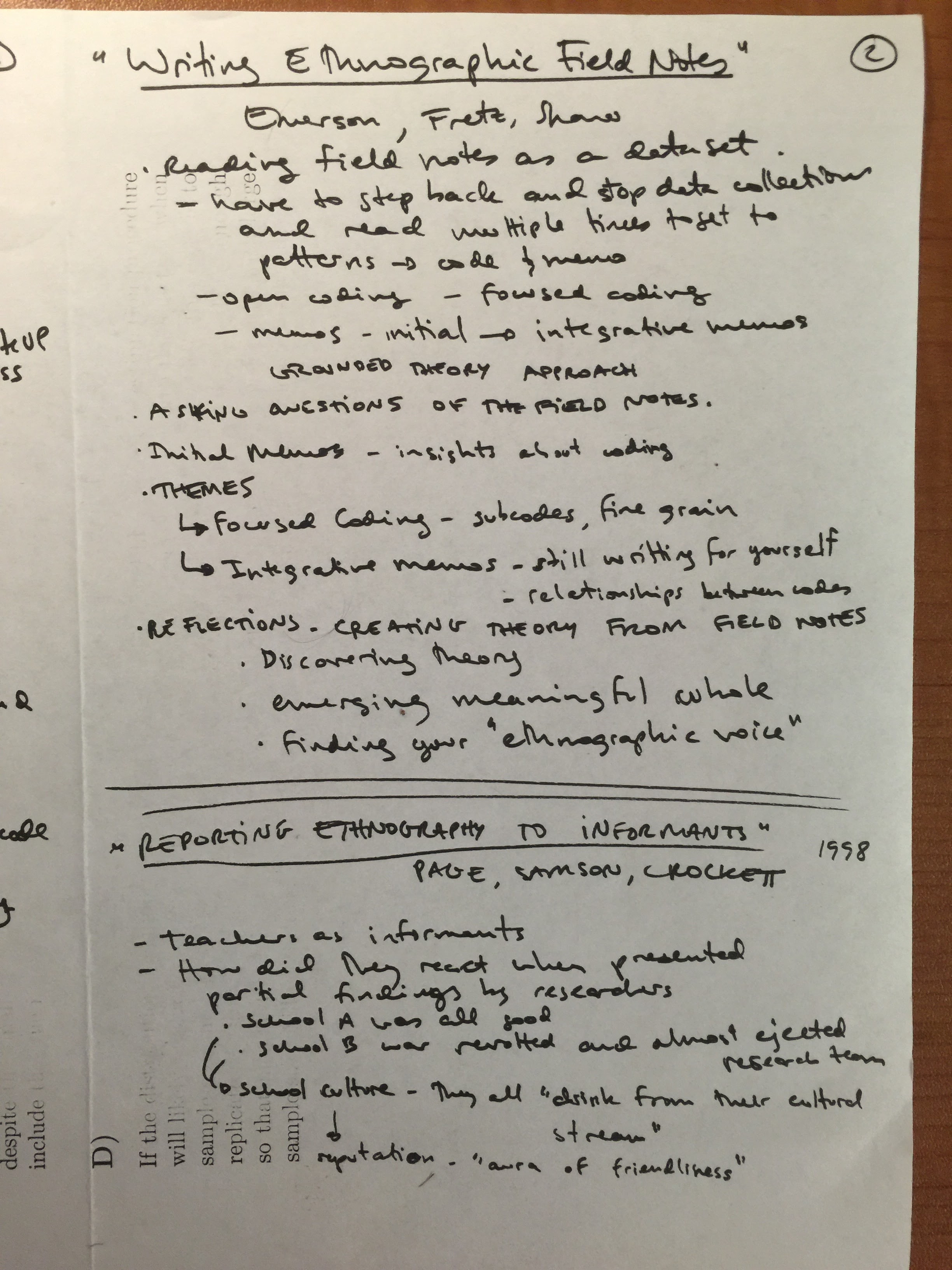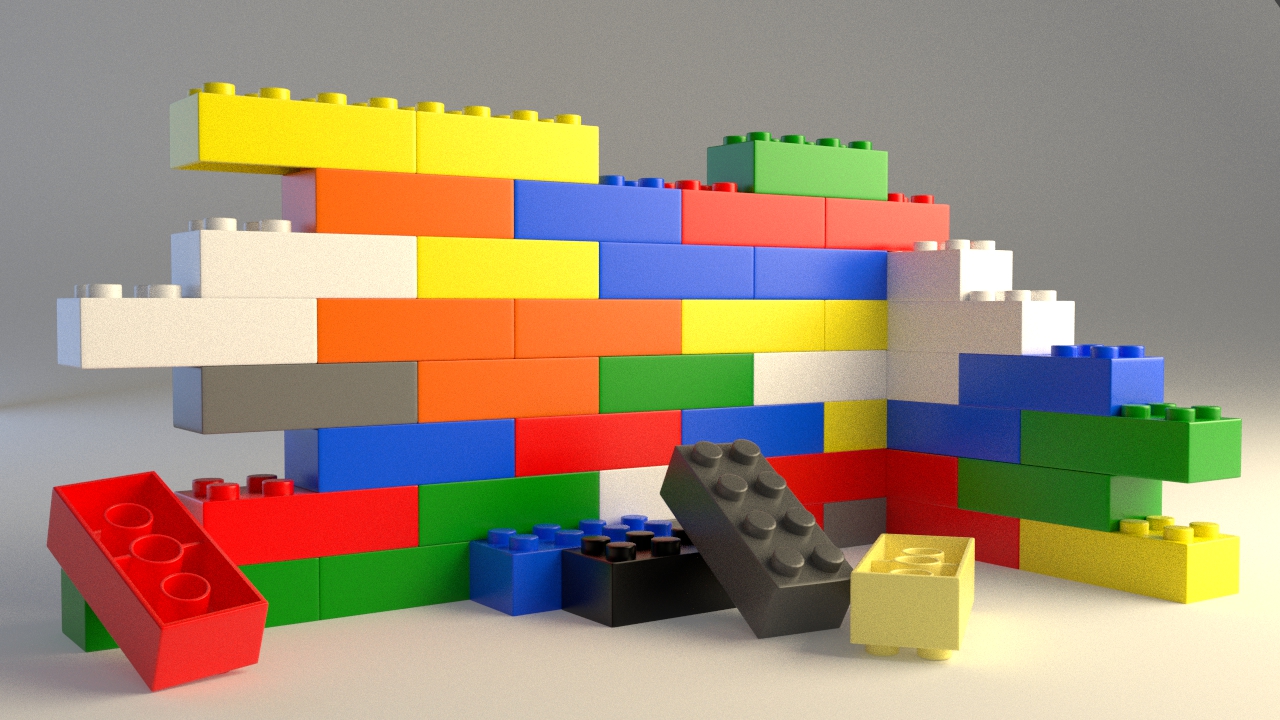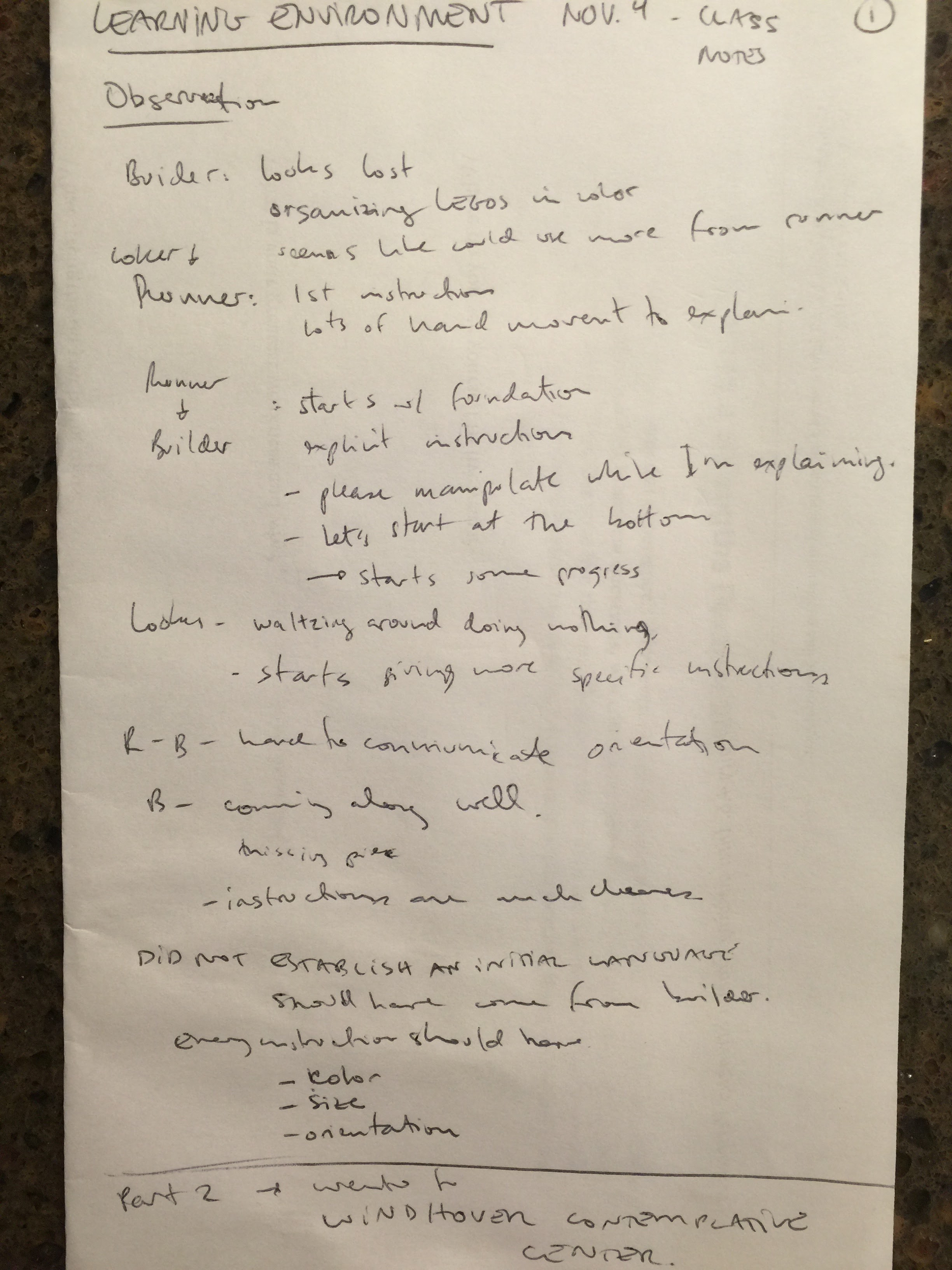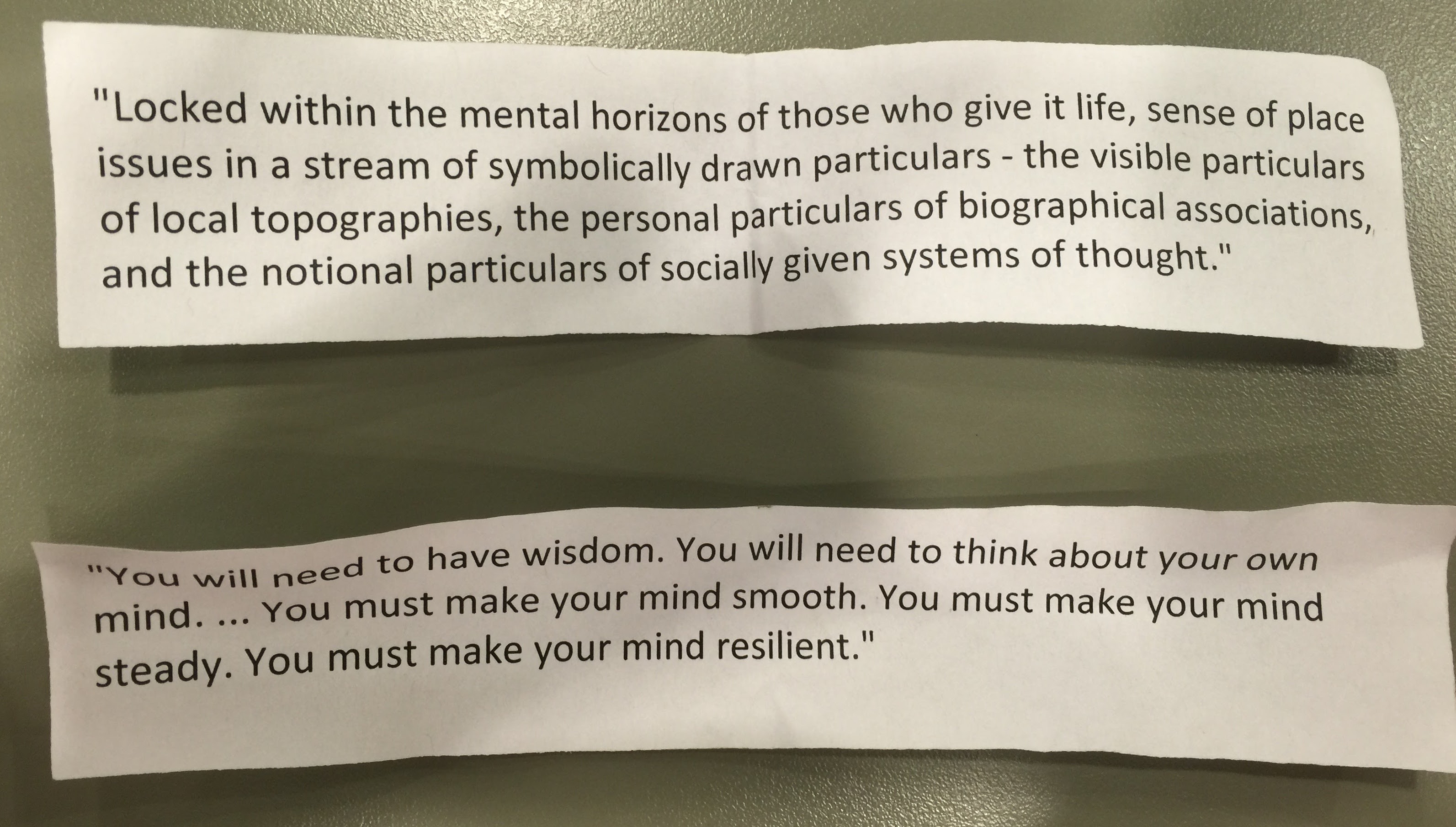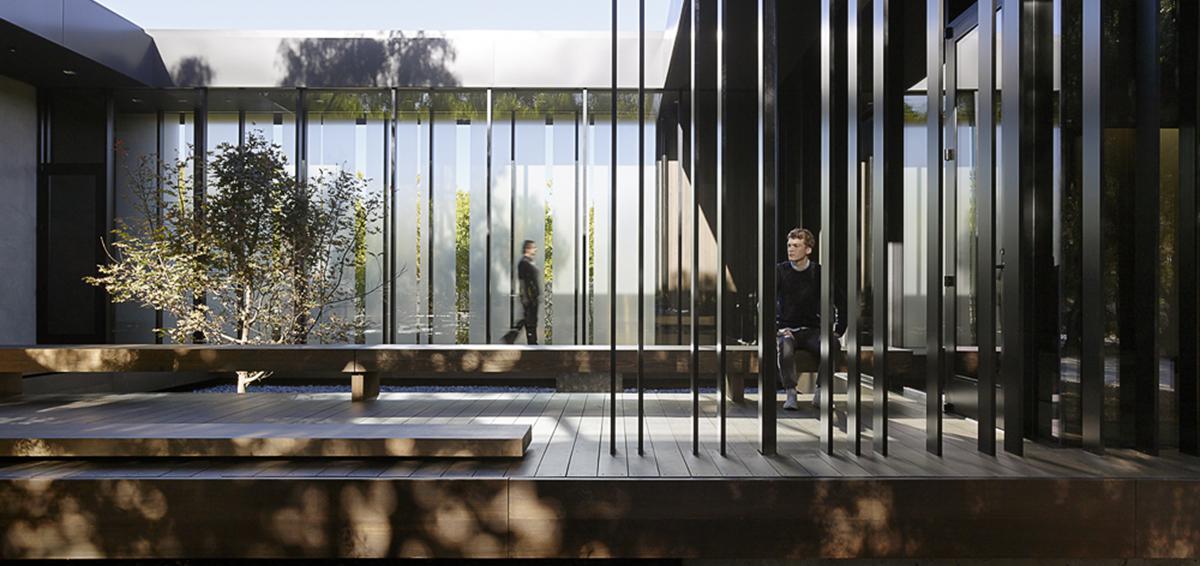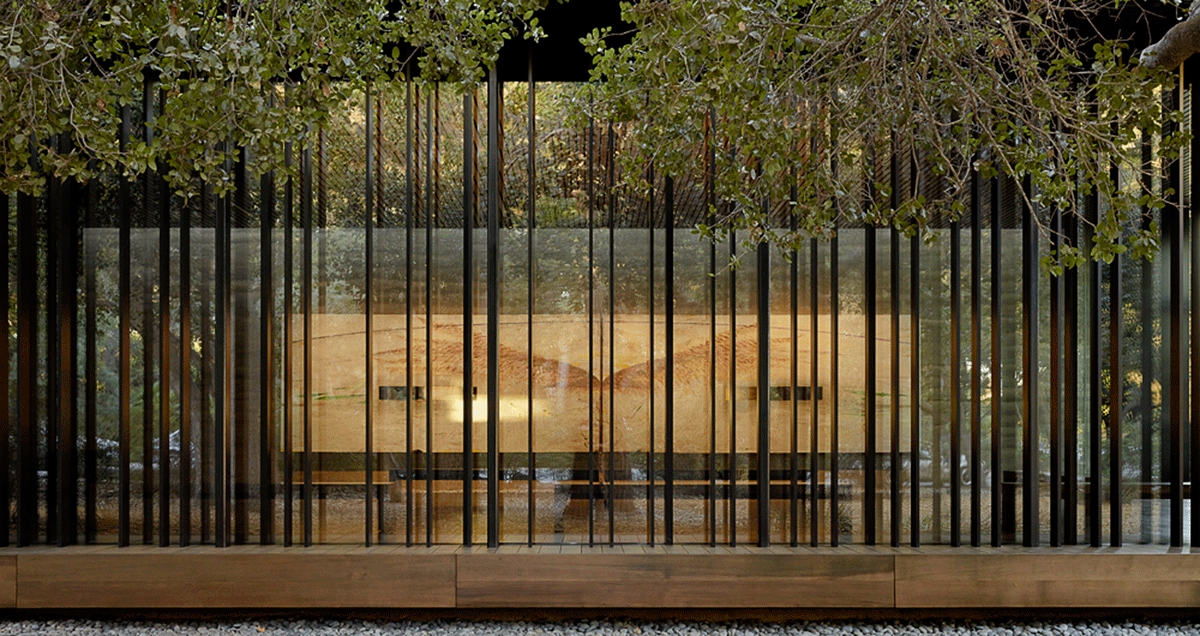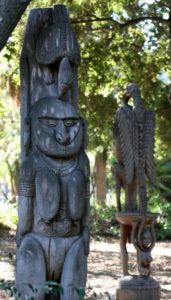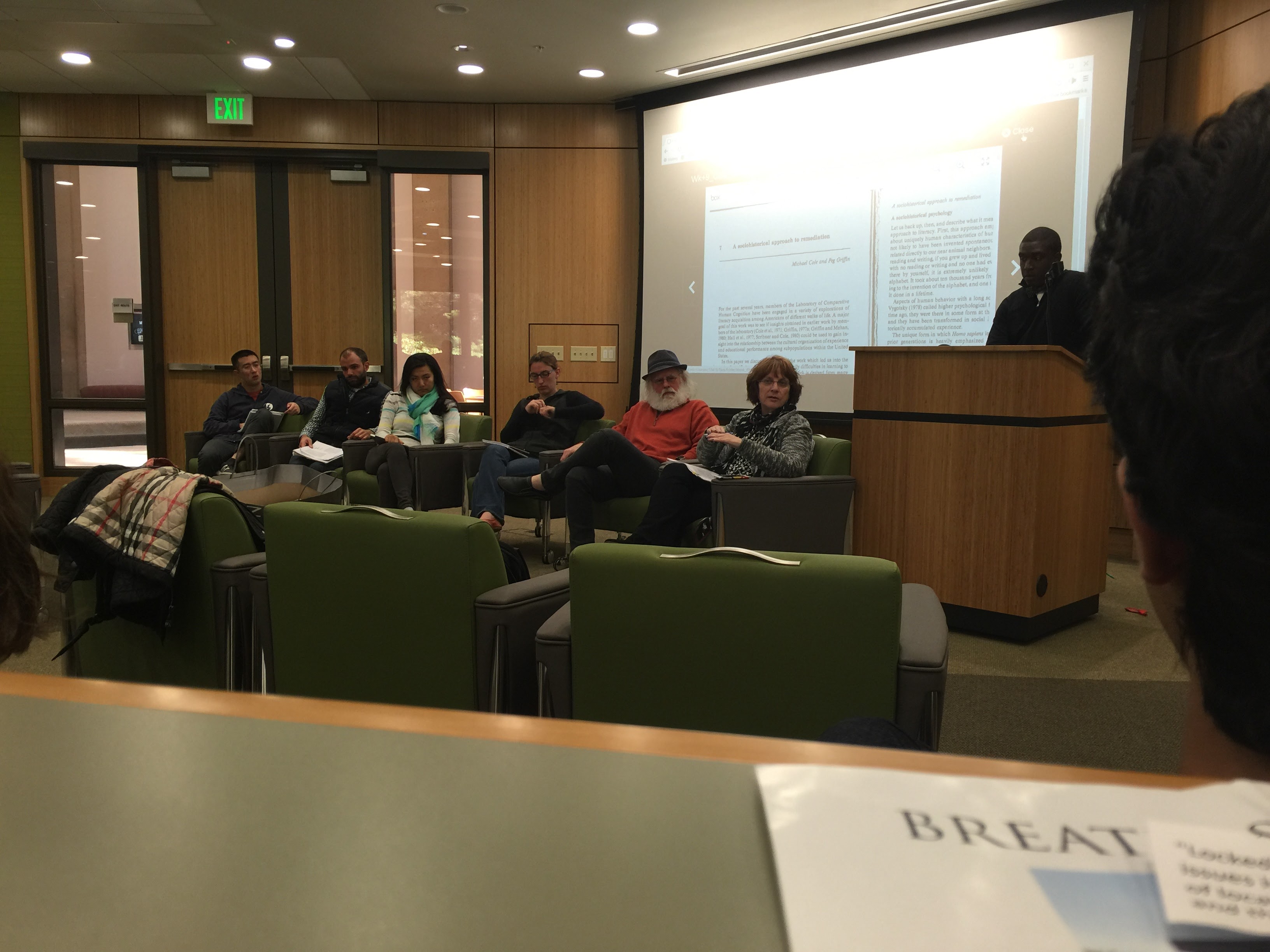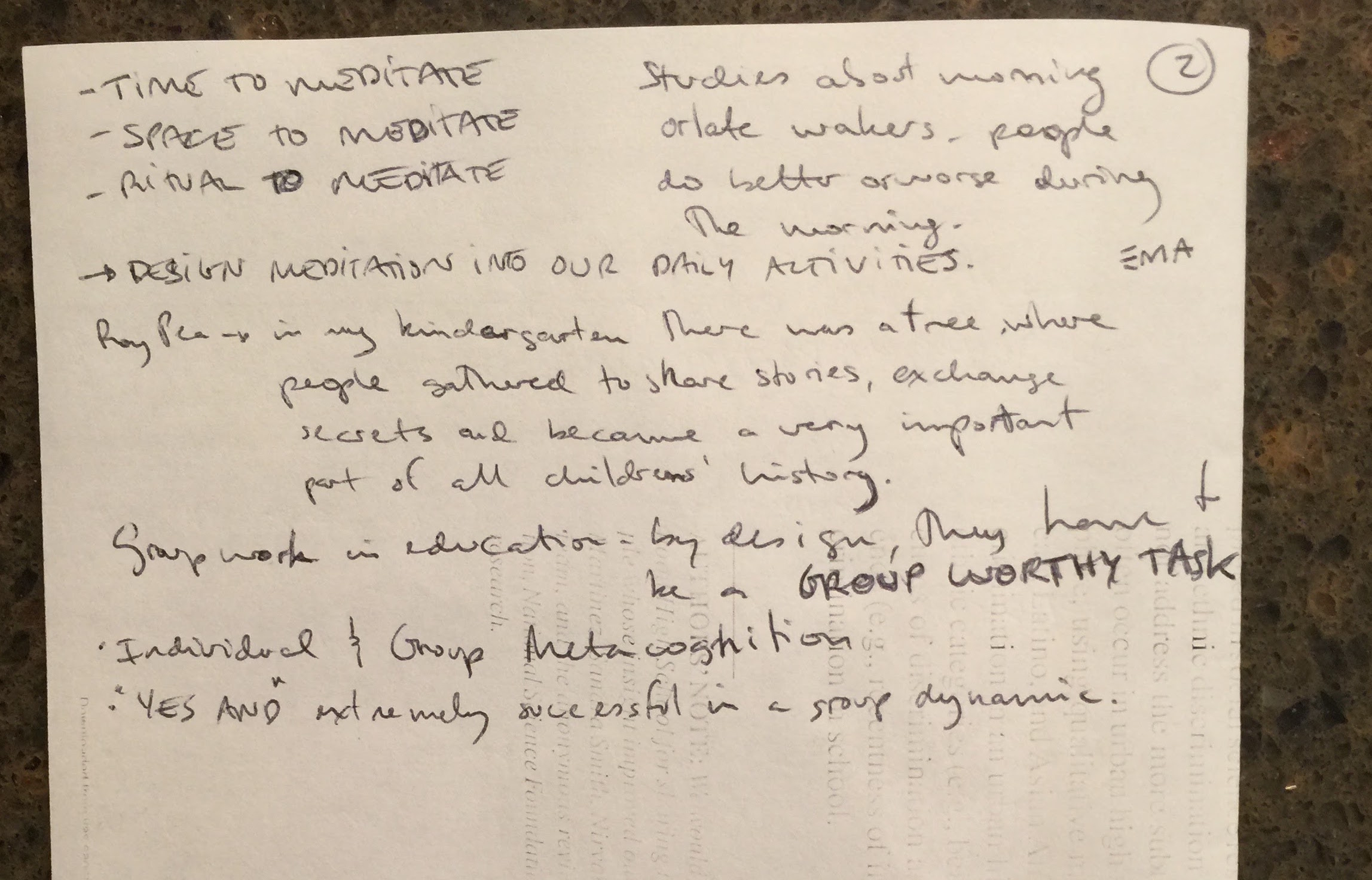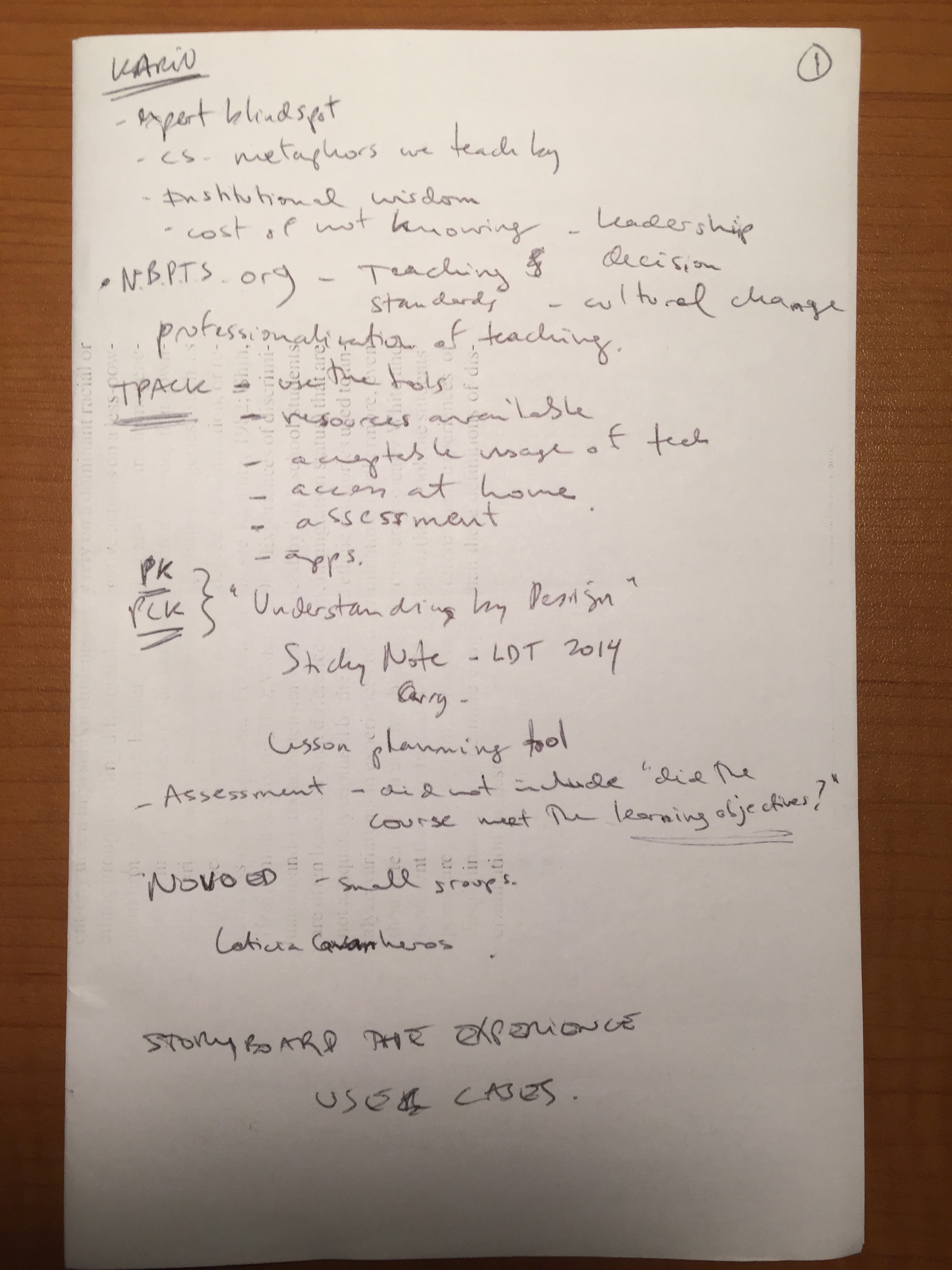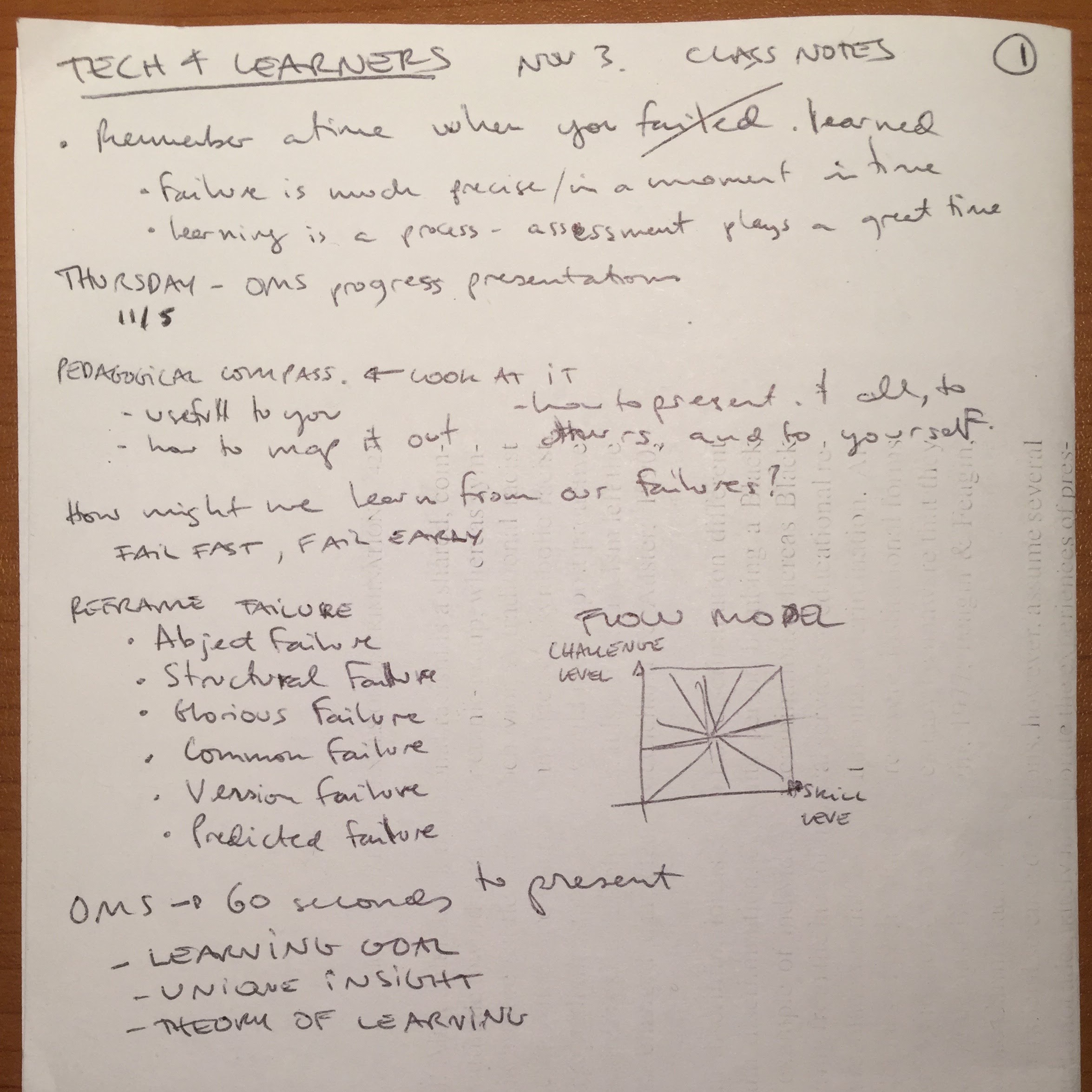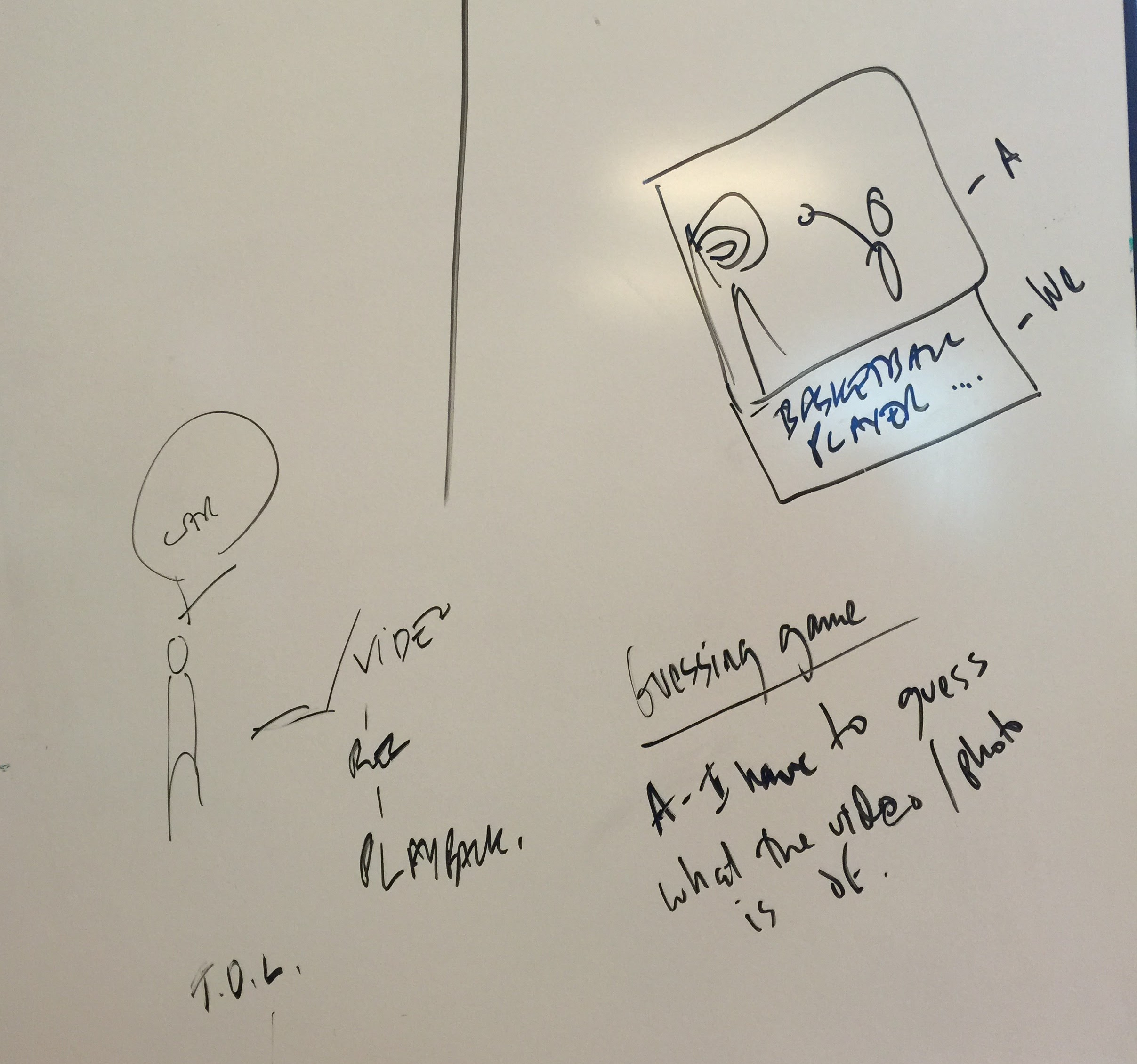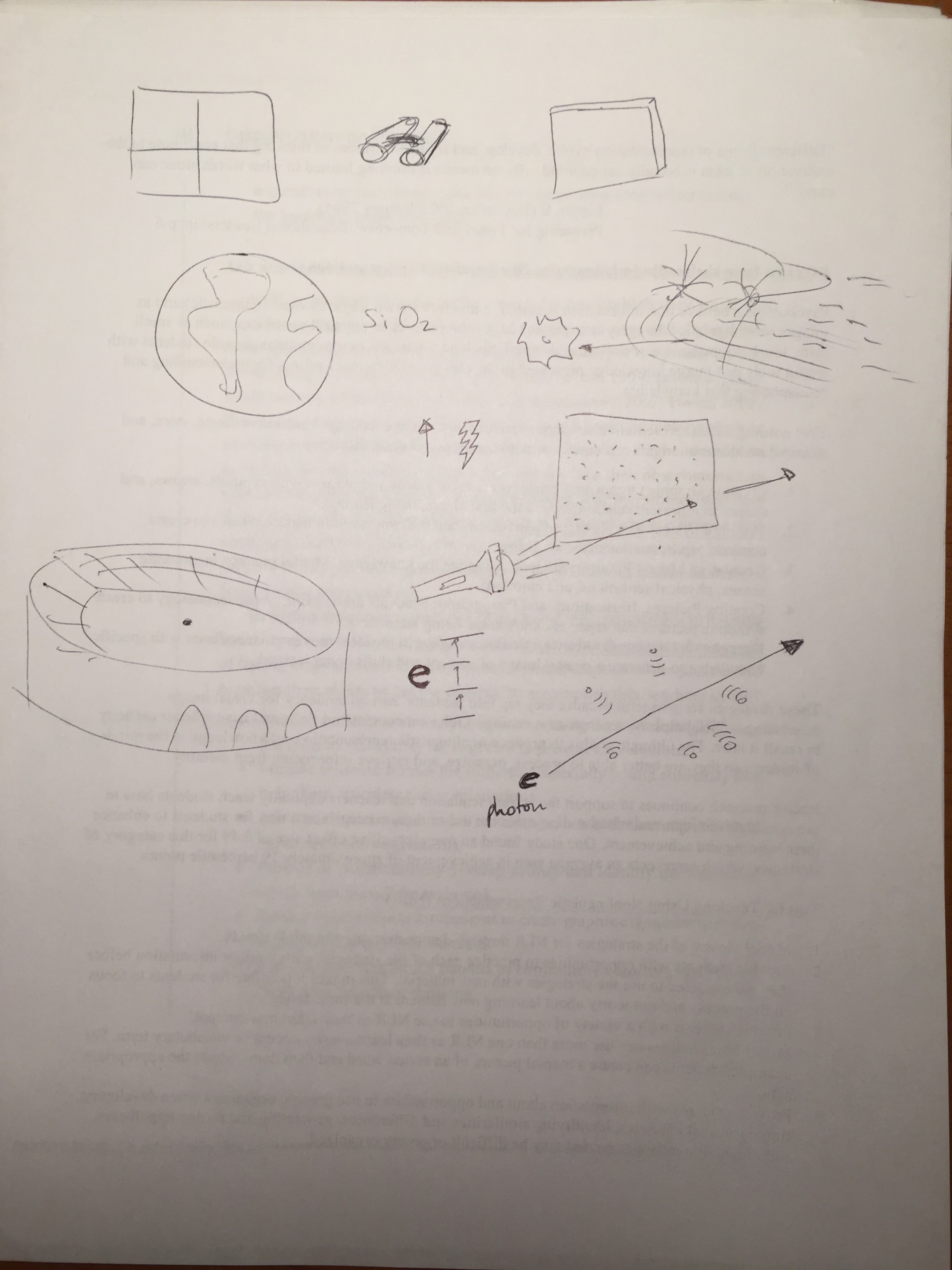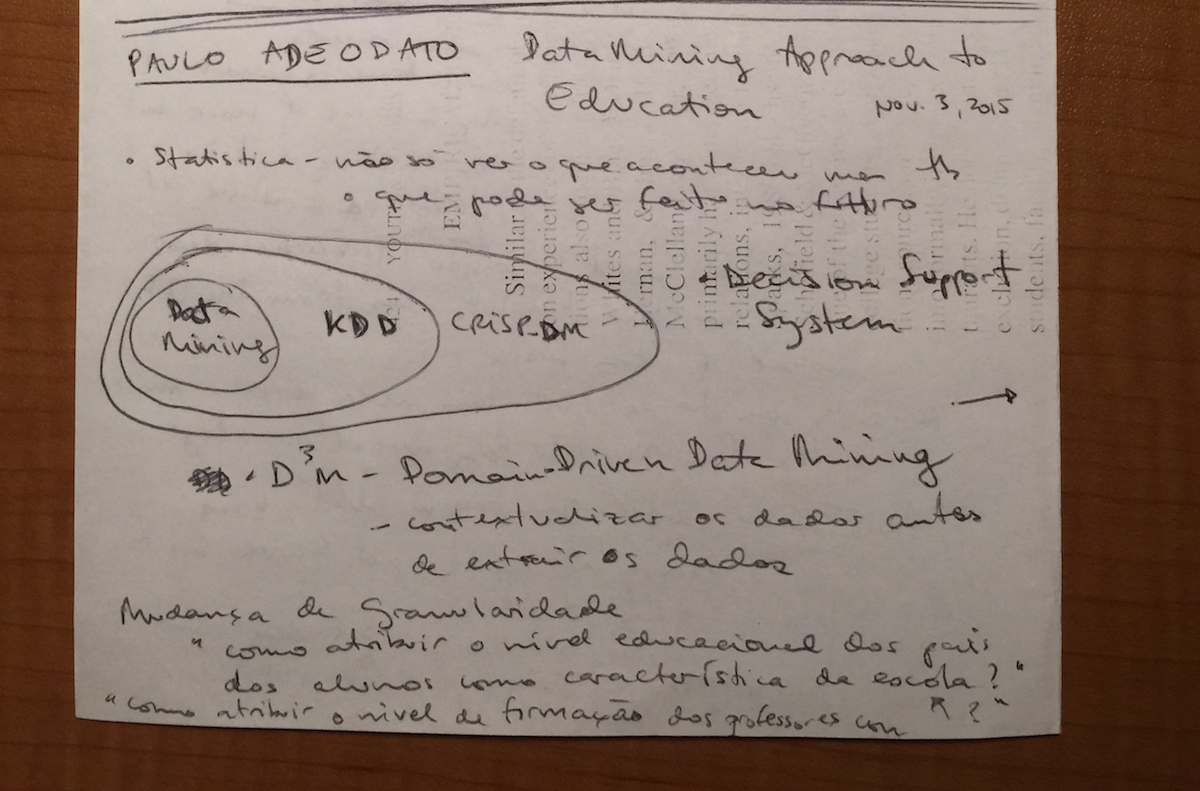Last week I saw Janet Vertesi speak about her research “Seeing Like Rover” and found it so interesting that I decided to use it for the assignment this week – a Critique of a Qualitative Research Paper:
EDUC 200B – Qualitative Research Critique
“Seeing like a Rover: Visualization, embodiment, and interaction on the Mars Exploration Rover Mission”, Janet Vertesi, 2012 Society of Fellows, Princeton University, Princeton, NJ, USA
http://sss.sagepub.com/content/42/3/393.full.pdf+html
Lucas Longo
The study’s purpose is to investigate how physical representations of objects (embodiment), plays a role in a team’s social order and organization. New members for example, need time to be able to connect affectively to a remotely operated thing to finally “see like a rover”. This skill connects the team members socially and physically to the Rover. “Jude, too, explained to me that when something is not right with the Rover, ‘We feel it in our bodies.” (Vertesi, J., 2012, pg. 11). It makes them talk in the first person plural pronoun, “we”, to talk about the Rover. “We expect to turn around and take images of [the target] … . We’re about four meters from the outcrop…” (Vertesi, J., 2012, pg. 13)
Her laboratory ethnography consisted of more than 80 interviews, 360 meetings, and 10 different locations over a period of 2 years. The NASA Mars Exploration Rover team consists of several hundred scientists scattered all over the world who have daily meetings to decide what the Rovers’ next actions are going to be. The use of the body to simulate or explain moves the Rover’s “eyes”, “arm”, and “fingers” should do was observed during these meetings but more frequently while working alone through a problem or planning a task.
Her conclusions were that embodiment connects every team member into the body of the Rover, enunciating a sense of one. A shared responsibility, complicity and solidarity towards one mission and a common goal. She also argues that visualization of data and it’s subsequent interpretation and understanding, along with the visual nature of embodiment, serves as an instrument of social and organizational order. “Each [scientist] interacts with an image in a way appropriate to his or her position, consistent with both disciplinary heritage and with the organizational protocols of their laboratory, shop floor, or teleconference line.”, (Vertesi, J., 2012, pg. 17).
Even though her conclusions and findings were interesting, I felt that the research purpose was unclear as far as what practical applications, consequences, or impact it could have. The abstract itself states that this study looks further into understanding the “importance of embodiment to visualization” and how it plays a role in “maintenance of social order within the organizational context of the laboratory”, “contributing to our understanding of representation in scientific practice.” What are some practical recommendations or activities that other scientific teams could do to improve team-work, social orders, and/or communication?
I was baffled at how much data she must have collected with the many interviews, meetings and site visits. She did not mention how she specifically collected her data during the interviews yet her precise descriptions of body movements, objective and impartial description of observations show that her methods were effective. “She then raises both hands to either side of her head, forearms perpendicular to the floor, head tilted slightly down, fists open but fingers lightly curled.” (Vertesi, J., 2012, pg. 2). Along with these descriptions, came a few figures showing the positions described, enhancing our visualization.
I applied the “Criteria for a Good Ethnography” (Spindler & Spindler, 1987, pg 18-21) to this piece and the top 3 criteria that were best met:
- “Criterion II. Hypothesis emerge in situ.” The unique organizational arrangement of this team of scientists contributed towards the construction of her hypothesis. She states; “I seek to broaden our understanding of visualization and embodiment from individual perception or dyadic interactions to include the collective work…” Through her observations she was then able to focus this general statement into a more specific hypothesis that embodiment contributes to the social order of the group.
- “Criterion III. Observation is prolonged and repetitive.” I feel that the amount of data she must have collected is enormous. Not only she interviewed more than 80 people in 2 years – almost a person per week – she participated in over 360 meetings – one every two days. She does not mention that se was a participant observer. I actually attended a class where she presented this study and she mentioned that she had a job or function there. That is how she was able to have participated in that many activities – she went there every day.
- “Criterion IV. The native view of reality is attended…” The very subject of her observation is how the native, in this case the scientists, expressed themselves through physical gestures when talking about the Rover. She was exposing to us how they viewed their world at the same time as how the Rover saw Mars. One other point that stood out for me in this study was how well she used previous research and articles throughout her introduction and conclusion. It showed me how deeply one can analyze a niche behavior and extract relevant generalizations about human behavior and group dynamics. My initial negative reaction towards the research’s purpose transformed into a sense of awe at the extrapolation capabilities we can attain when closely and attentively observing phenomena.
